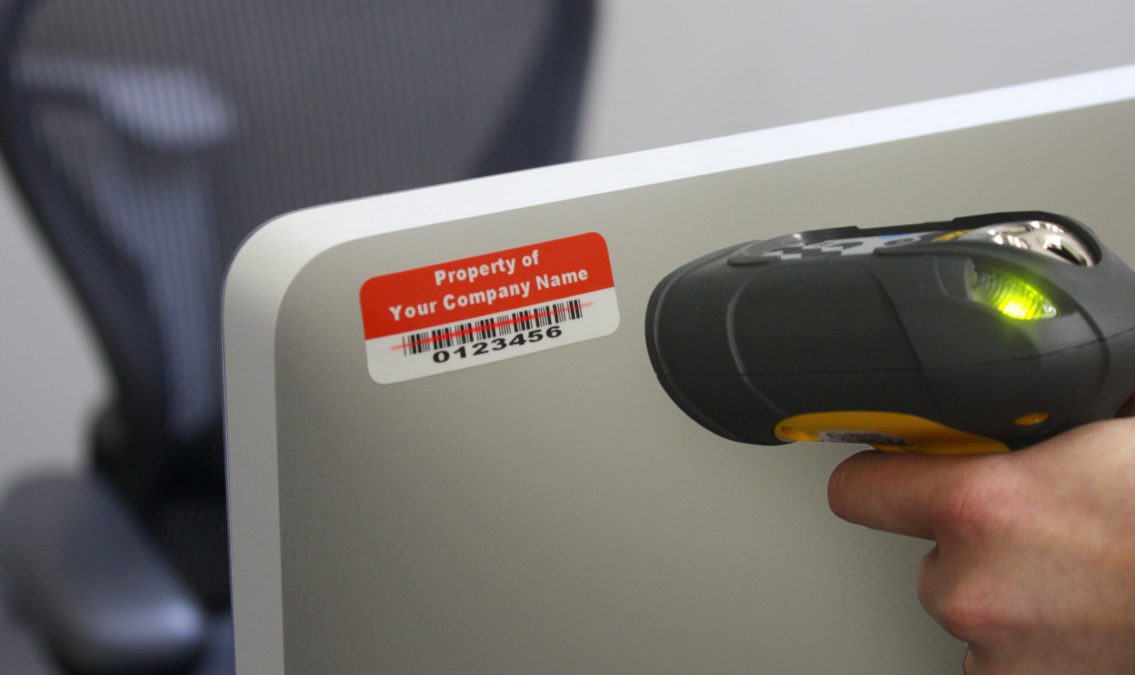Asset Tagging
"Asset Tagging: Enhancing Efficiency, Reducing Costs, and Ensuring Real-Time Visibility."
Asset tagging enhances operational efficiency, reduces costs, and allows businesses to focus on their core activities, ultimately contributing to improved overall productivity and profitability. Asset tagging provides a systematic way to label and track assetsservices. With unique identifiers like barcodes or RFID tags, businesses can easily monitor the movement and status of assetsservices, ensuring real-time visibility. Manual data entry can result in errors, leading to inaccurate asset records and operational disruptions. Asset tagging reduces reliance on manual data entry. Automated data capture using barcode scanners or RFID readers minimizes the risk of human errors,ensuring that asset information is accurate and up to date.






